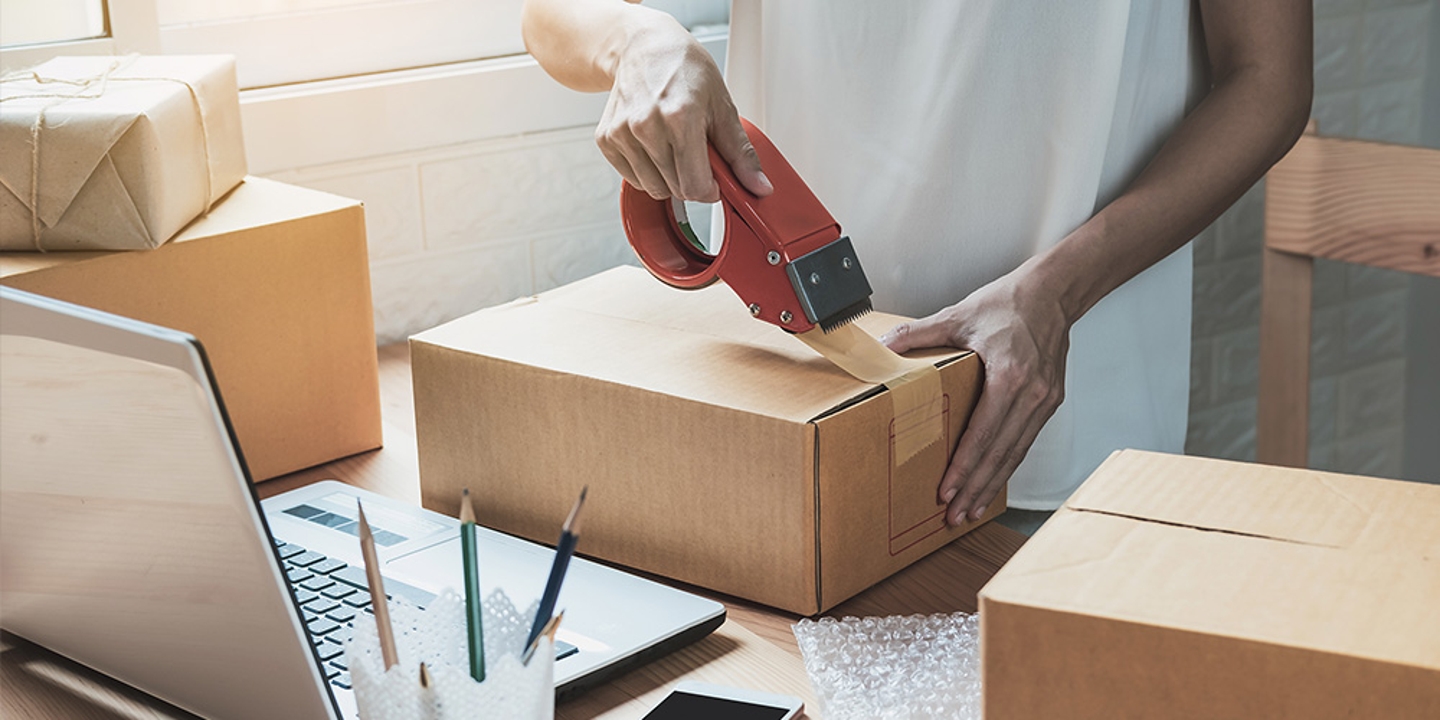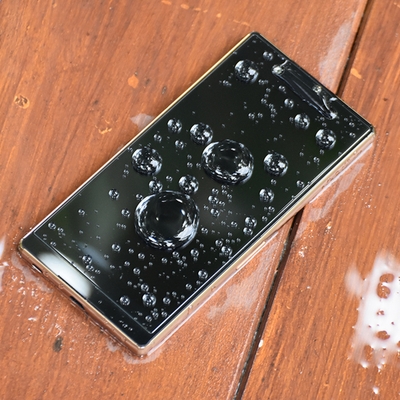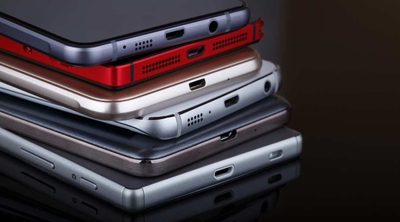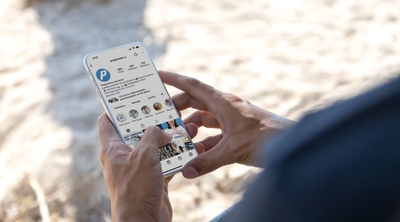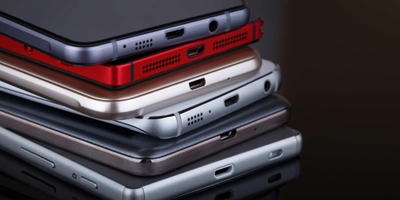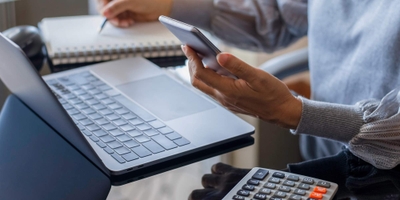How to protect your electronics during a move
3 min read
Electronics like computers, laptops, tablets, cameras, audio equipment, TVs, or video game consoles are among the most valuable things you own. However, packing and moving these devices requires special care since most are fragile and easily breakable. Here are a few things you can do to keep your electronics safe while moving to a new home or office.
Prepare for your move
- Read user manuals: It’s always good to consult the user manuals to check if there are any instructions for disassembling, disconnecting, or moving. If you don’t have them, visit the manufacturer’s website.
- Take pictures: Before unplugging and disassembling, take pictures, especially of how the cables are connected to the devices, so you can quickly assemble and connect everything after the move.
- Back up your data: Your computer equipment might get damaged during transport, so back up your important files and documents on an external hard drive or online storage.
- Turn off and unplug your devices: Electronics should be cool enough to be transported without causing internal damage, so it’s best to unplug everything at least 24 hours before moving.
Remove external components
Once you unplug your devices, disconnect all peripheral devices like external hard disks, flash memory sticks, wired keyboards, computer mouses, streaming devices, controllers, or webcams. Then, remove all temperature-sensitive components from your devices. To avoid any internal damage, eject all media disks such as CDs or DVDs from their devices. Take out all batteries from remote controls or gaming controllers so they don’t overheat and leak. And remove toners and ink cartridges from your laser or ink printers and put them in plastic bags to prevent ink leakage.
Organize cables and accessories
Many electronic devices have a lot of cables. To avoid spending a lot of time untangling cables and wires and figuring out which device they belong to, organize them. And there’s an easy way to do this. First, mark them with small colored stickers or colored tape as you disconnect them. Then, tie the marked cords with twist ties and place them in sealable bags. Make sure to label the bags and put them in the box with the matching device. The same applies to all the accessories: Keep them together with their devices.
Use original or moving boxes
Original boxes are always the best option to protect your electronics, especially larger devices. These boxes contain pre-shaped foam pieces and packaging inserts, which means they’re designed to keep electronic devices safe during transport. So, if you still have the original boxes, you should certainly use them. If you don’t have them, use cardboard boxes or plastic storage bins, but make sure they’re sturdy and a little larger than the device you’re packing.
Wrap your devices
If you use moving boxes or bins, it’s important to wrap your devices carefully and put enough packing materials around your devices so they don’t shift. Always use antistatic packing materials, like bubble wrap or foam peanuts, because electronic devices are sensitive to static electricity. Materials that conduct electricity can harm your electronics. Antistatic bubble wrap also protects electronic devices from scratches, moisture, dust, vibrations, and extreme temperatures.
Label the boxes
After closing and sealing each box, take a minute to label them. Labeling boxes is an easy task that will save you a lot of time when trying to find something later. However, since we’re talking about valuable electronics, consider being discrete as a precautionary measure if you’re not moving them yourself. You don’t have to write the content of the boxes. Labeling them as “fragile” or “handle with care” is enough.
Store electronics in a climate-controlled area
If you can’t move into your new home right away, you may have to rent out a storage unit for your things. Since electronic equipment is sensitive to temperature extremes and heat or cold can cause internal damage, you should store it in a climate-controlled unit that is also well-secured. Place the boxes off the ground to minimize the risk of water damage in case of a flood. Also, place them somewhere out of sight, like in the back of the storage unit, because no matter how well-secured a storage facility is, it might be a target for thieves.
Unpack carefully
When you arrive at your new place, unpack your devices carefully, one at a time. Electronics need some time to adjust to room temperature, so wait several hours before plugging them in and turning them on. Once you set up everything, make sure each device is working properly.
Last but not least, you might want to consider insuring your electronics. Accidents can happen no matter how careful and well-organized you are—a dropped moving box could result in a cracked screen or broken device, your devices might get stolen from your car or truck, or you might lose them due to a flood or fire in the storage area. An electronic device insurance plan is a great way to provide extra protection for your valuable electronics like laptops, tablets, phones, gaming systems, or cameras.
